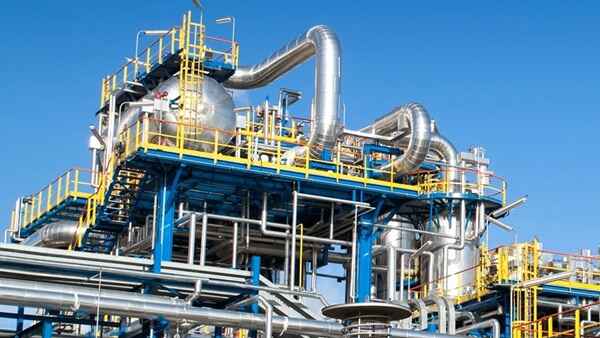In modern refining complexes, a sulfur recovery unit (SRU) is hardly the flashiest piece of kit, yet its importance is impossible to overstate. From protecting neighborhood air quality to preserving billion-dollar process equipment, the SRU sits quietly at the heart of every responsible oil and gas facility.
Before any hydrocarbon stream heads to flare, export, or further conversion, the SRU steps in to manage toxic hydrogen sulfide and turn it into an asset—elemental sulfur.

Guarding Air Quality and Public Health
The first and most visible role of an SRU is environmental stewardship. Raw acid gas from amine-treating towers can contain upward of 95 percent hydrogen sulfide, a compound lethal in parts-per-million concentrations. By converting more than 99.9 percent of this poison into stable sulfur, the Claus reaction inside the SRU cuts SO₂ emissions to a fraction of regulatory limits.
That reduction translates directly into fewer respiratory ailments for communities living near refineries and gas-processing plants, and it helps operators avoid costly penalties and shutdowns.
Safeguarding Catalysts and Corrosion-Prone Equipment
Beyond clean air, sulfur recovery keeps the plant itself alive. Even trace hydrogen sulfide corrodes steel, poisons catalysts, and shortens the lifecycle of turbines, heat exchangers, and flare systems. By stripping sulfur out of fuel gas, the SRU prevents downstream units—such as catalytic crackers, hydrocrackers, and steam generators—from premature fouling.
This protection lowers maintenance budgets, extends turnaround intervals, and reduces unplanned outages that erode refinery margins. In an era of razor-thin spreads, reliable metallurgy is a competitive advantage.
Turning Waste into Profitable Products
While controlling pollution remains the headline, SRUs also create a new revenue stream. The elemental sulfur they generate is shipped for fertilizer, rubber vulcanization, and chemical feedstock, offsetting processing costs.
Advanced tail-gas treatment units even squeeze out additional sulfur and produce high-purity steam, improving overall plant energy efficiency. By monetizing what was once a liability, operators unlock value and strengthen the economic case for aggressive sulfur recovery targets. In some markets, sulfur sales alone cover a meaningful slice of operating expenditures.
Enabling Safe, Efficient Plant Operations
Finally, SRUs tie entire facility workflows together. Reliable sulfur removal stabilizes fuel-gas composition, allowing fired heaters to burn cleanly and control systems to regulate temperature precisely. Consistent performance also prevents acid-gas bottlenecks that might otherwise force upstream units to curtail throughput.
Operators integrate burners, waste-heat boilers, and condensers with designed instrumentation—and, in many cases, positive displacement pumps manage liquid sulfur transfer from the condensers to storage without vapor lock, ensuring a steady flow to rail or truck loading. By keeping pressure profiles balanced, the SRU grants the plant flexibility to chase market opportunities.
Conclusion
In short, the sulfur recovery unit is the unsung hero of hydrocarbon processing. It shields communities, preserves assets, generates saleable by-products, and keeps production nimble in volatile markets. As environmental limits tighten and sour reserves grow, investing in robust SRU technology is not just compliance—it’s strategic foresight.
Companies that treat sulfur recovery as central infrastructure, rather than an afterthought, will run cleaner, safer, and more profitable operations for decades.


